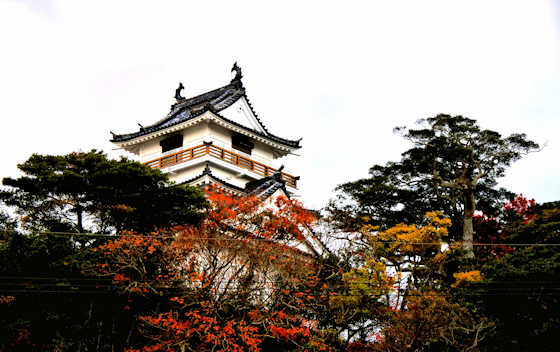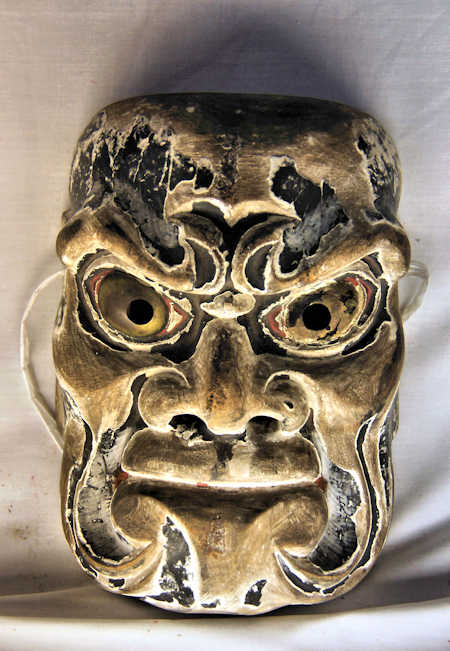At the start of day 35 of my first walk around the island of Kyushu I wandered around the former samurai district in Chiran, a small town in the south of Kagoshima. Seven of the former samurai residences are open to the public, but none of the buildings can be entered. However they all have delightful gardens.
Most of the gardens are relatively small and usually incorporate the distant mountains as "borrowed scenery". The first photo is the garden at the Saigo Keiichiro residence. This second photo is at the Hirayama Ryoichi residence. Its garden is unusual in that it has no stone arrangements, and is primarily pruned hedges, including azalea. This type of garden was an Edo period innovation and is usually attributed to Kobori Enshu.
Obviously, all these residences belonged to fairly high ranking samurai. The above garden belonged to Sata Mifune. 6 of the 7 gardens are karesansui, dry gardens with no water.
This one belonged to Sata Tamiko, and the bottom photo belonged to Mori Shigemitsu. It is the only garden with a water feature, and I believe he was the most senior samurai of the district

































































